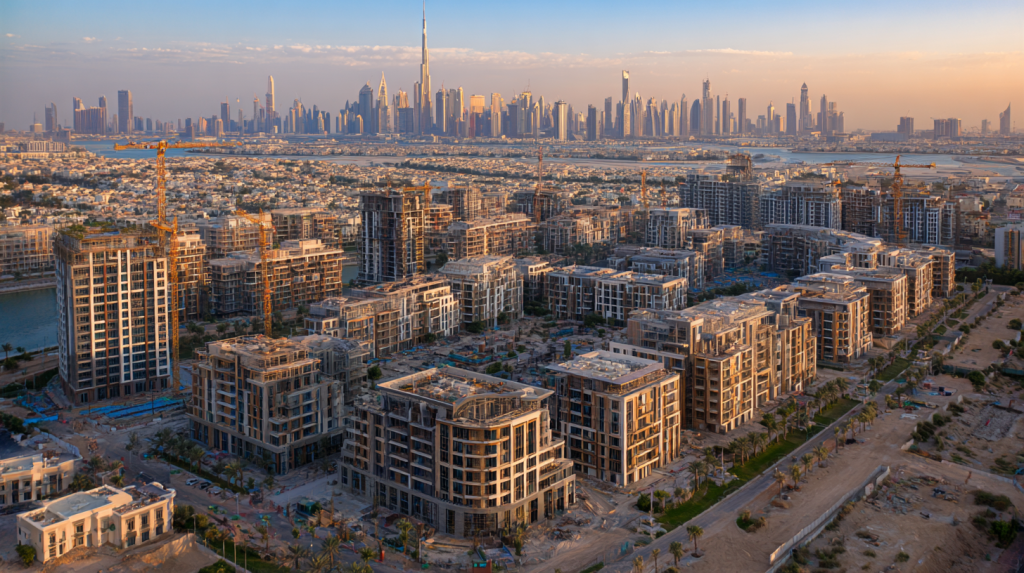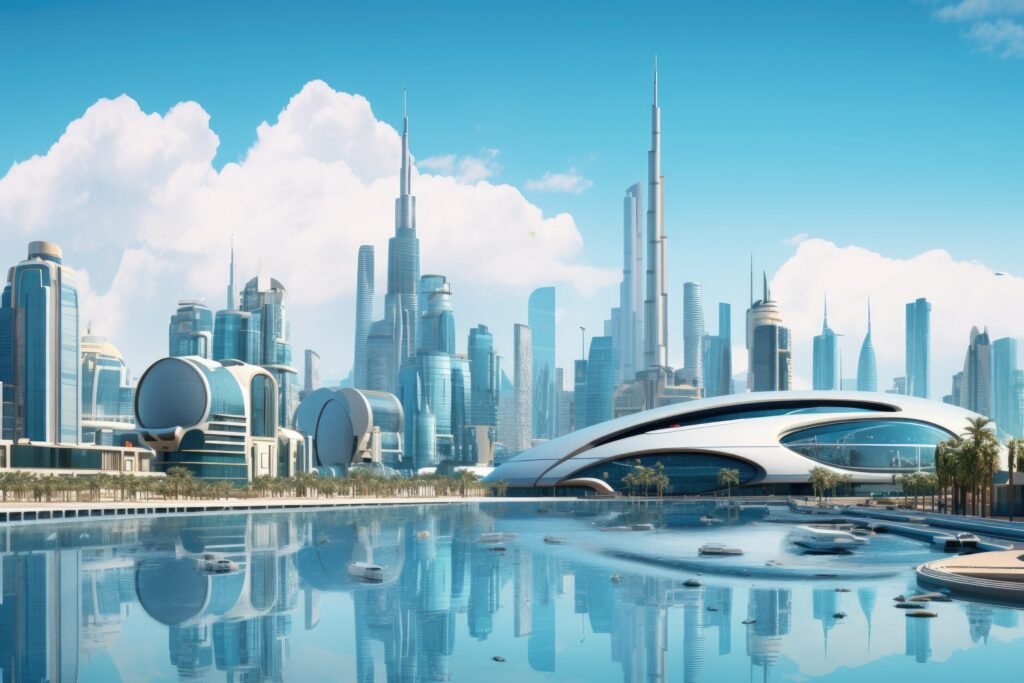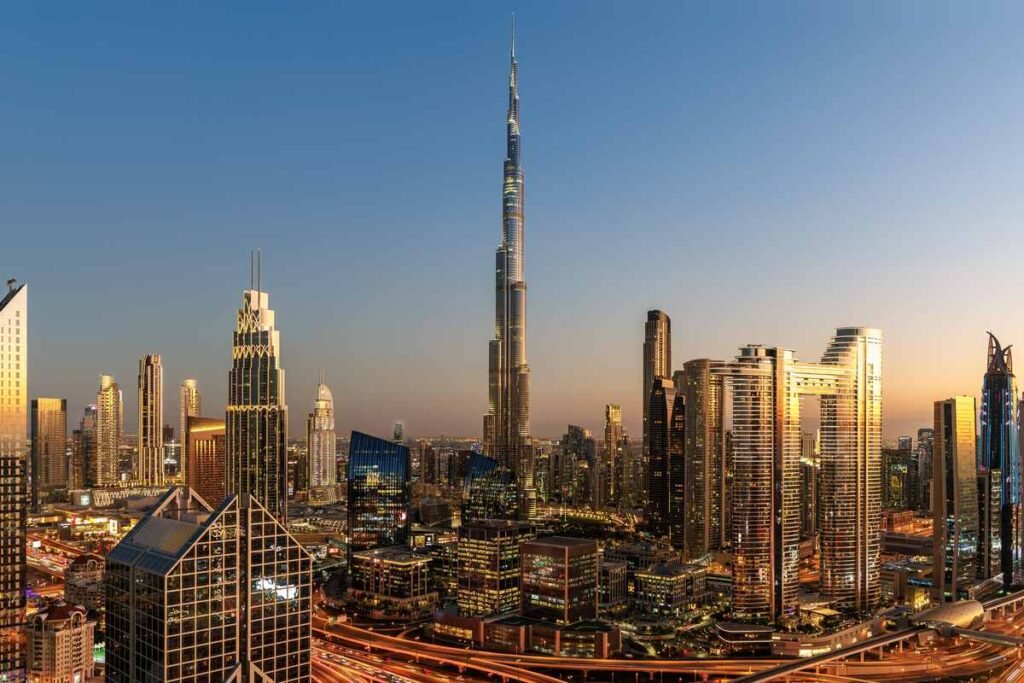
Dubai’s real estate market has always been a hotspot for investors worldwide. With its luxury developments, iconic skyline, and global connectivity, predicting prices in 2026 has become a hot topic among buyers, sellers, and investors. But what do the experts and market trends suggest? Let’s dive deep into Dubai real estate 2026 price predictions and explore how the market might evolve.
Dubai’s property market has experienced significant fluctuations over the last few years. Following a period of stabilization after the global slowdown, the market witnessed a surge in demand for both residential and commercial properties.
High-net-worth individuals and investors from around the world are driving interest in luxury villas, off-plan projects, and strategically located apartments. The combination of competitive mortgage rates, government incentives, and Dubai’s strong economic outlook has positioned the market for potential growth.
Understanding these trends is essential before we explore the 2026 price predictions.
Several key factors will determine how real estate prices evolve in Dubai in 2026:
1. Economic Growth and Stability
Dubai’s economy is diversifying beyond oil, focusing on tourism, technology, finance, and logistics. A strong economy typically boosts property demand, especially in prime locations.
2. Population Growth
Dubai continues to attract expatriates and global talent, contributing to demand for residential units. Areas near business hubs and key infrastructure will likely see higher price appreciation.
3. Supply and Demand Balance
The market has seen an increase in off-plan developments. However, oversupply could moderate price growth in some areas, while high-demand locations may see sharper increases.
4. Global Investment Trends
International investors are closely watching Dubai, especially with policies like long-term residency visas and tax-free income. Foreign investment will continue to influence high-end segments of the market.
5. Government Initiatives
The Dubai Land Department’s regulatory measures, property laws, and incentives for foreign buyers can shape market confidence and pricing trends.

Apartments
Apartment prices in Dubai are expected to grow moderately by 5-10% in 2026. Demand is strongest in communities like Downtown Dubai, Business Bay, and Dubai Marina. Investors prefer apartments in areas with access to public transport, shopping hubs, and entertainment options.
Villas and Townhouses
Villas and townhouses are expected to see a higher price increase, potentially reaching 12-15% in high-demand areas. Communities like Arabian Ranches, Palm Jumeirah, and Jumeirah Golf Estates remain the most desirable due to lifestyle offerings and exclusivity.
Off-Plan Properties
Off-plan projects are gaining attention as investors look for early entry benefits. Prices for premium off-plan properties may increase by 10-12% in 2026, while mid-market options could see a slower growth of 5-8%.
Dubai’s commercial real estate sector is recovering steadily. Office spaces in prime locations are likely to see price increases of 6-9%, driven by demand from international companies establishing a regional presence.
Retail spaces, especially in malls and high-traffic areas, are also expected to witness moderate growth as consumer spending strengthens. Industrial and warehouse spaces are in demand due to the e-commerce boom, pushing rental and property values upward.
Investors looking for high returns should focus on emerging areas with infrastructure developments and future growth potential. Key hotspots for 2026 include:
| Property Type | Expected Growth 2026 | Key Areas |
|---|---|---|
| Luxury Villas | 12-15% | Palm Jumeirah, Arabian Ranches |
| Apartments | 5-10% | Downtown Dubai, Business Bay, Marina |
| Off-Plan Projects | 5-12% | Dubai South, Creek Harbour |
| Commercial Offices | 6-9% | DIFC, Business Bay |
| Retail Spaces | 4-7% | Mall of the Emirates, Dubai Mall |
1. Focus on Location
Prime areas with high rental demand and infrastructure development promise better returns.
2. Diversify Portfolio
Mix residential, commercial, and off-plan properties to balance risk and maximize profits.
3. Analyze Supply Trends
Be mindful of oversupply in certain neighborhoods; it may affect price growth.
4. Stay Updated on Regulations
Dubai’s property laws are evolving. Keep track of visa policies, taxation, and ownership regulations to make informed decisions.
5. Leverage Technology
Virtual property tours, online listings, and data analytics can help identify undervalued properties.

While the outlook is positive, some risks could affect the 2026 predictions:
Looking beyond 2026, Dubai’s real estate market is expected to grow steadily due to continued urban development, international appeal, and government support. Sustainability-focused projects and smart city initiatives will likely drive demand in the luxury and mid-tier segments.
Investors who act strategically in 2026 by analyzing emerging trends, location potential, and regulatory changes can benefit from strong returns and long-term capital appreciation.
Dubai’s real estate market in 2026 presents a mix of opportunities and challenges. While apartment prices are set for moderate growth, villas, townhouses, and off-plan projects promise higher returns. Investors should focus on prime locations, diversify investments, and stay informed about government initiatives and market trends.
With careful planning and the right insights, Dubai real estate could continue to be one of the most lucrative markets globally in 2026 and beyond.
Do Follow Estate Magazine on Instagram
